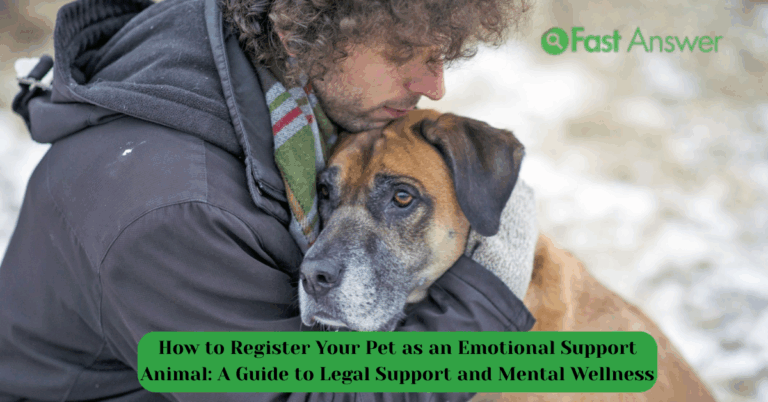How to Clean Pet Bedding and Accessories: Keep Your Home Fresh and Your Pet Healthy
Your pet’s bed, toys, and accessories might look cozy, but they can quickly become a hidden source of germs, odors, and allergens. From shedding fur to drool, food spills, and outdoor grime, these items collect more than just love they collect bacteria. Knowing how to clean pet bedding and accessories properly is essential not just for hygiene, but also for your pet’s comfort and well being. Whether you’re a first-time pet parent or a seasoned pro, this guide walks you through simple, effective cleaning habits to keep your space clean and your pet safe.
Why Dirty Bedding Can Harm Your Pet More Than You Think
Pet bedding isn’t just a soft surface it’s a breeding ground for mites, bacteria, and fungi if neglected. These pathogens can lead to skin infections, respiratory issues, or worsen allergies, especially for sensitive pets. A dirty bed can also attract fleas and ticks, making infestations harder to control. Regular cleaning doesn’t just eliminate smells it helps maintain a sanitary resting area that supports your pet’s health. If your dog or cat has been scratching more than usual or sneezing frequently, their bedding might be part of the problem.
Can You Just Toss Pet Bedding in the Washing Machine?
In most cases, yes but there’s a right way to do it. Always check the care label first. Machine-washable beds or covers should be cleaned with a pet-safe detergent on a hot water cycle to kill germs and odors. Remove loose fur with a lint roller or vacuum before tossing them in. For thicker bedding or foam inserts, spot-cleaning or hand-washing may be required to avoid damage. Dry thoroughly, preferably on a low-heat cycle or in the sun, to prevent mold or mildew. The same approach applies to washable blankets or soft accessories.
What’s the Best Way to Clean Toys, Bowls, and Collars?
Not all pet accessories require the same cleaning method. Hard toys, food bowls, and water dispensers should be washed weekly using warm water and mild dish soap or even run through the dishwasher if labeled safe. Rubber or silicone toys may need a deep soak to remove slobber and bacteria. Fabric toys can often be washed in a laundry bag. Don’t forget collars and leashes: they absorb sweat and odors and should be washed every few weeks. If your pet plays or eats outside, increase the cleaning frequency to keep everything fresh and safe.
How Often Should You Really Be Cleaning Pet Items?
More often than most people realize. Bedding should be washed at least once every one to two weeks, more if your pet sheds heavily or has skin issues. Toys that are used daily should be cleaned weekly to prevent germ buildup. Food and water bowls should be washed every day to prevent bacteria like Salmonella or mold from forming. Staying on a consistent schedule helps reduce exposure to harmful microbes and keeps your pet’s belongings from becoming a source of recurring illness or unpleasant odors.
How to Choose the Right Products and Tools for Safe Cleaning
Avoid harsh chemicals, bleach, or strong fragrances many cleaning agents that work for humans are unsafe for pets. Use pet-safe, non-toxic detergents, enzyme-based cleaners, or simple homemade options like diluted vinegar or baking soda for natural freshness. Microfiber cloths, scrub brushes, and old toothbrushes are helpful tools for getting into seams and corners. Prioritize fast-drying materials when purchasing bedding and accessories to make future cleaning easier and more effective. Keeping a designated “pet laundry” bin also helps streamline your routine and keeps fur away from your main laundry.
FAQs
Can I use fabric softener when washing pet bedding?
It’s best to skip it fabric softeners can leave residues that irritate your pet’s skin or attract more dirt.
What’s a safe way to clean foam pet beds?
Spot clean with mild detergent and water, then let air dry completely to prevent mold.
Are essential oils okay to use when cleaning pet items?
Use with caution. Some essential oils are toxic to pets, especially cats. Always research or use pet-safe alternatives.
How do I clean my pet’s accessories without a washing machine?
Hand wash in warm soapy water, scrub gently, and air dry in the sun when possible.
Can dirty pet items make my house smell?
Absolutely. Regular cleaning reduces odors caused by bacteria, drool, and lingering pet dander.




